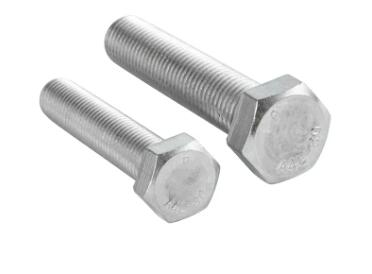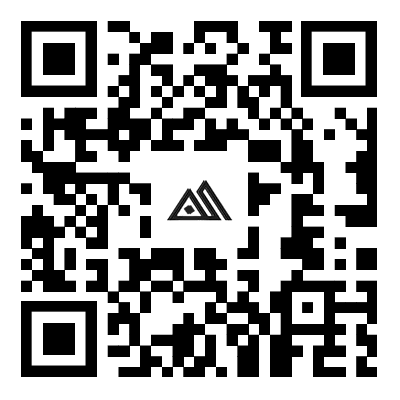What are the main components of a bolt
2023-10-31
A typical bolt consists of several main components, each of which plays a specific role in its function. These components include:
1. Head: The head is the uppermost part of the bolt. It may have various shapes and types, such as hexagonal (hex) heads, square heads, round heads, or other configurations. The head is designed for the application of torque using a wrench, socket, or other tools during the tightening and loosening process.
2. Shank: The shank is the unthreaded, cylindrical portion of the bolt located just below the head. It provides a smooth surface and is primarily used for alignment and bearing purposes. In some bolts, the shank may be partially or fully threaded, depending on the design and application.
3. Threaded Portion: The threaded portion of the bolt is the part with helical threads that extend down from the shank to the tip. This threaded section is inserted into a threaded hole or engages with a nut to create a secure connection. The threads are essential for providing clamping force and holding the connected components together.
4. Tip or Point: The tip or point is the lower end of the bolt, where the threads end. It helps guide the bolt into the threaded hole or material and initiates the threading process when the bolt is turned into a nut or threaded hole. The shape of the point may vary depending on the bolt type and application.
5. Threaded End: The threaded end is the portion of the bolt where the threads are located. It's the part that engages with the threads in a nut or threaded hole to create the clamping force.
6. Thread Pitch: The thread pitch is the distance between adjacent threads on the threaded portion of the bolt. It determines how tightly the bolt engages with the threads in the nut or hole and affects the ease of tightening or loosening the bolt.
7. Thread Root and Crest: The root is the bottom surface between adjacent threads, and the crest is the top surface of the threads. These surfaces define the limits of the threaded portion.
8. Thread Angle: The thread angle is the angle at which the threads are cut into the bolt. Common thread angles include 60 degrees and 55 degrees, depending on the thread standard.
9. Thread Direction: Bolts have either right-hand or left-hand threads, determining the direction in which they are tightened or loosened. Most bolts have right-hand threads, where turning clockwise tightens the bolt, while turning counterclockwise loosens it.
These components work together to create a functional bolt that can be used to secure and connect various components or objects. Bolts are versatile fasteners with a range of designs and features tailored to specific applications.



